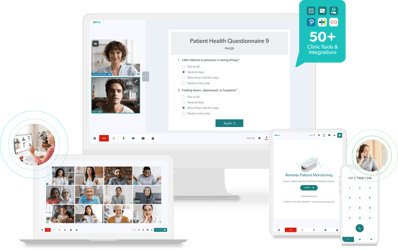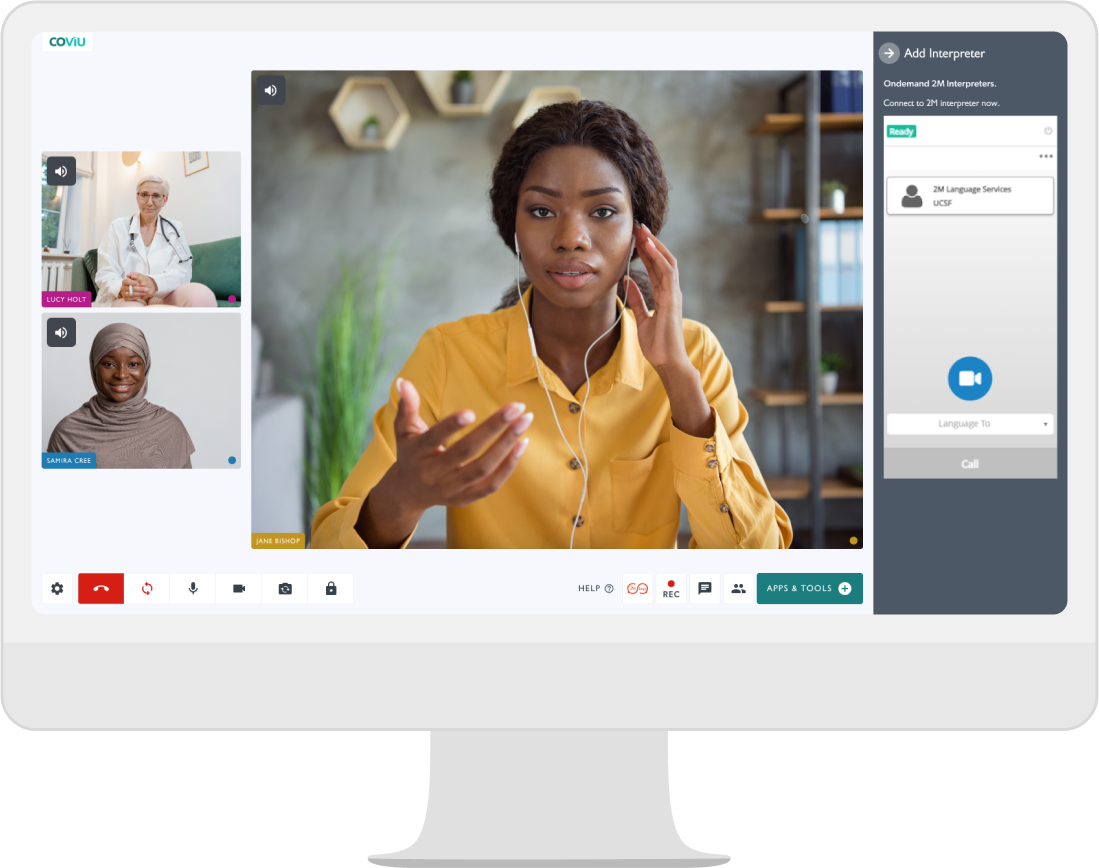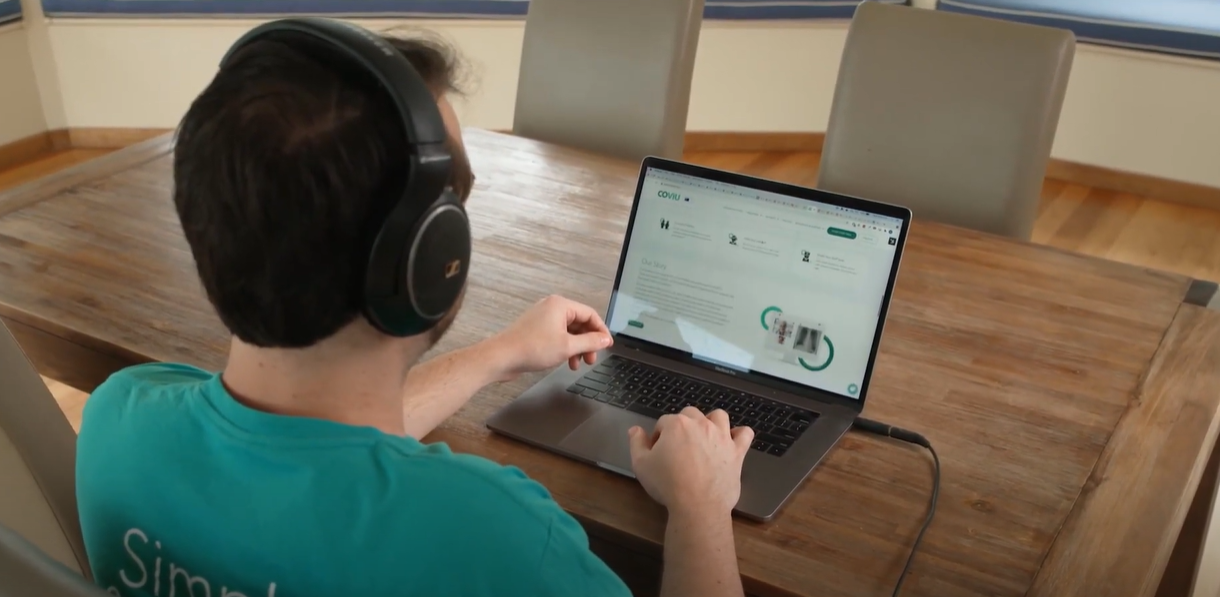From Classroom to Clinic: Online Medical Interpreters in Schools
Guest Blogger, Rhian Ferguson from 2M Language Services, discusses the need for medical interpreters for school-age children in the U.S.
The U.S. faces a shortage of medical interpreters. Why? One of the top reasons is that the number of people who need the support is growing quicker than the number of certified specialist interpreters.
The U.S. Census Bureau (2020) revealed that about 21% of school-age children speak a language other than English at home, and 5% of school-age children both speak a language other than English at home and have difficulty speaking English.
According to the immediate past chair of the American Association of Interpreters and Translators in Education (AAITE), Luis Hernández, the need for interpreters is growing. Employment of interpreters is expected to grow by 4% from 2022 to 2032 – about as fast as average for all occupations.
State, local, and private healthcare providers are among the top employers for interpreters (8%). As a profession, the U.S. Bureau of Labor predicts that medical interpreting will grow by 19% from 2018 to 2028. This is driven by the current and increasing number of patients with Limited English Proficiency (LEP).
Growing demand
Medical interpreters fill a vital role in facilitating effective communication between healthcare providers and patients with low English proficiency. This makes school-age children who speak a language other than English vulnerable to communication barriers.
School-age children are leading the nation’s growing diversity. From 2010 to 2020, the White child population diminished by 12.9 percent to 34.6 million, while the minority child population increased by 11.8 percent to 38.5 million.
Note: “Native/Other Race” category includes individuals who report native origins as well as those who report “some other race.” Source: U.S. Census 2020. Analysis: K.M. Johnson, Carsey School, University of New Hampshire.
In schools across the U.S., Spanish is the most requested language for interpretation or translation. This is followed by Arabic and Vietnamese in third place. There is also an increasing need for interpreters in Farsi, Pashto and Swahili, according to the Carolina Association of Translators and Interpreters (CATI).
Why do we need medical interpreters?
Professional interpreters are underutilized across the US. Bilingual workers are often engaged in informal or ad-hoc situations, like schools. The reason for this is largely one of convenience and limited recognition of the importance of engaging trained and professional interpreters.
It has been widely researched that children and parents who don’t speak English face more communication-driven adversities, medical errors, and mortality than English speakers. In fact, non-English-speaking families report that language and cultural barriers impact their relationship with physicians, meaning they are less likely to have a family pediatrician.
Expecting a bilingual speaker to perform the same service as professional interpreters can jeopardize accuracy, confidentiality, and impartiality. Professional interpreters are trained in language, ethics, cultural nuances, and field-specific terminology crucial for effective communication.
What does this mean for school-age students?
Access to in-language medical care is crucial for ensuring students feel heard and validated. What’s more - understand their conditions, treatment, and progress. Barriers leading to a child being unable to receive the care and support they need can negatively impact a child’s mental health and well-being. This only exacerbates health inequity.
Benefits of medical interpreters in school environments
Medical interpreters are crucial to supporting a practitioners’ ability to diagnose and treat children and for the child to understand their condition.
In cases where a child may be receiving physiotherapy or speech pathology, interpreters are particularly important in communicating to the child their progress, positive reinforcement, and at-home work, such as exercises to maintain their recovery.
The case for remote interpreting
2M lingo™ add-on in Coviu
Where there is a need for convenience or more cost-effective options, remote (video/telephone) interpreting steps in.
A remote interpreter facilitates communication exchange between participants, no matter where they are located. In video interpreting, the remote interpreter appears on screen in a virtual room with the physician and the patient. This mode is preferable in health settings where on-site is not possible, as it allows for body language, emotional expressions, and gestures, which all carry a communicative component. Nonverbal communication helps participants better understand information, enhancing communication, trust, and interaction.
2M lingo™ add on in Coviu
Coviu is a platform widely used in schools across the U.S. Championing virtual care, Coviu features 2M lingo™, an app by 2M Language Services, enabling on-demand and scheduled access to qualified medical interpreters to support school-age children.
For more information and to learn how to install 2M lingo™ add-on, visit here.
Ready to make the switch to a purpose-built telehealth platform?

Start a 2-week free trial and start running consultations within just minutes! To learn more about Coviu book a call with one of our friendly team members here.




